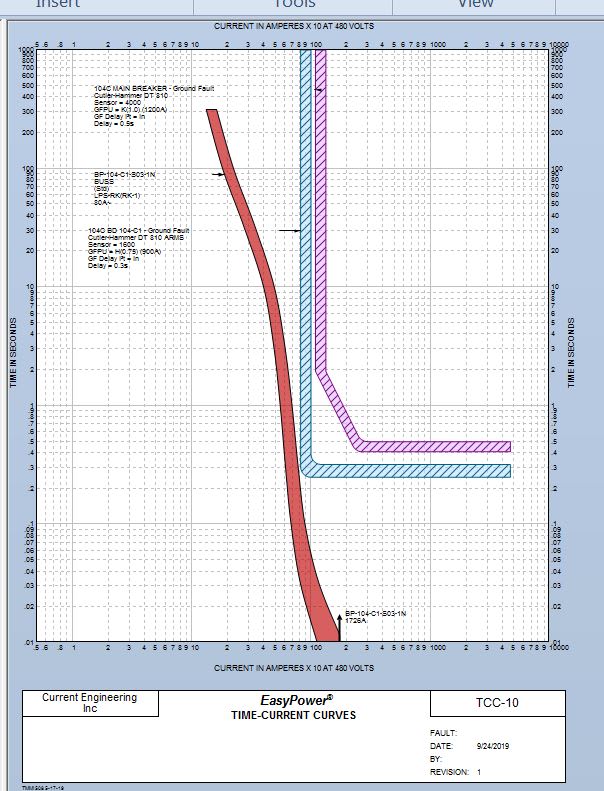However, full coordination was theoretically outlawed by the 2007 Federal court ruling Manoma Realty Management versus Federal Pacific Electric wherein federal justice Julie Swain ruled that a circuit breaker that is too slow under short circuit conditions is a defective and illegal product. She then limited the jury question to how much money FPE owed to Manoma which meant that FPE was noit allowed to argue that the statute of limitations had expired, they were not allowed to argue that the Stab-lok breakers are legal, they were not allowed to argue that the UL listing was valid, and they were not allowed to argue that the UL labels were valid.
If you are worried about power continuity you need to have dual emergency systems, dual legally required standby systems, and 2 optional standby systems for each area served. Every hospital and data center that is worth its salt has that. There are lots of other failures that will take out power such as a transfer switch failure. Also, a short circuit will collapse the voltage of a local generator to zero because the iron will be saturated. Source: IEEE Orange Book.
When the United Kingdom still had deep pit coal mines the UK National Coal Board required the exact opposite of coordination on ground faults even though the systems in a underground mine that are over 120 volts are resistance grounded. They felt that saving a life or avoiding a fire was more important than avoiding a blackout. Under their scheme, a branch circuit ground fault is supposed to to trip the branch, feeder, and main breakers to reduce the chances of the fault continuing because a circuit breaker jammed. Their methods of preventing fires and electrocution deaths were so effective that in 1971 Congress mandated that the US mines had to switch to the British method of wiring a mine. Eventually, their methods were mandated by US Bureau of Shipping for commercial shore-to-ship power cords.


